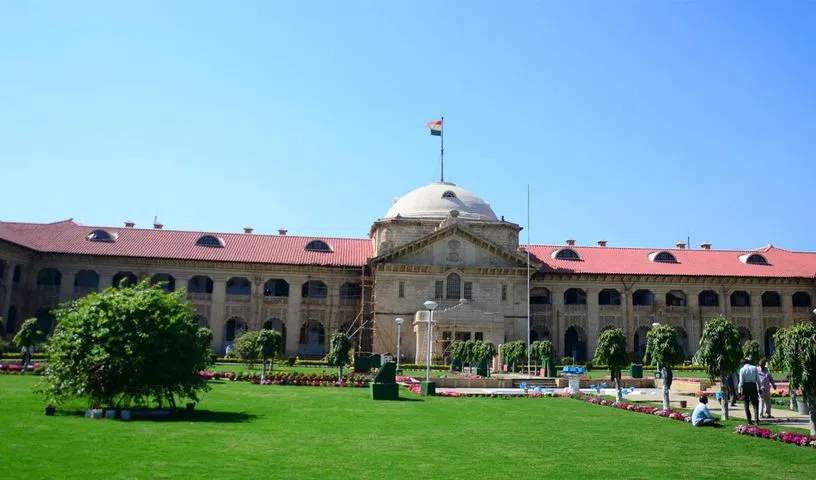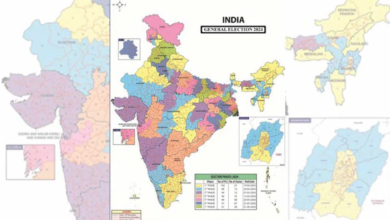Declare cow a protected national animal: Allahabad HC to Centre

Justice Shamim Ahmad said “We live in a secular country and must have respect for all religions. In Hinduism, the belief is that the cow is the representative of divine and natural beneficence. Therefore, it should be protected and venerated,”

Lucknow: The Lucknow bench of Allahabad High Court has said that the Centre should take an appropriate decision to ban cow slaughter and declare it as a ‘protected national animal’.
“We live in a secular country and must have respect for all religions. In Hinduism, the belief is that the cow is the representative of divine and natural beneficence. Therefore, it should be protected and venerated,” Justice Shamim Ahmad said while dismissing a plea seeking the quashing of criminal proceedings against a person under the Uttar Pradesh Prevention of Cow Slaughter Act, 1955.
The petitioner, Mohammad Abdul Khaliq, had pleaded that the police booked him without any evidence and hence the proceedings pending against him in the court of additional chief judicial magistrate should be quashed.
Dismissing the plea, the bench held that from the facts on record, prima facie case was made out against the petitioner.
While passing the order, the judge observed, “The cow has also been associated with various deities, notably Lord Shiva (whose steed is Nandi, a bull) Lord Indra (closely associated with Kamadhenu), Lord Krishna (a shepherd in his youth), and goddesses in general.”
He said, “According to legend, she emerged from the ocean of milk at the time of Samudramanthan (the great churning of the ocean by the gods and demons). She was presented to the seven sages and with time came into the custody of sage Vasishta.”
The judge further said that a cow’s legs symbolise the four Vedas and her milk is four ‘purushartha’ (or human objectives — ‘dharma’ or righteousness, ‘artha’ or material wealth, ‘kama’ or desire and ‘moksha’ or salvation. ‘Her horns symbolise the gods, her face the sun and moon, and her shoulders ‘Agni’ (the god of fire).
The cow has also been described in other forms: Nanda, Sunanda, Surabhi, Susheela and Sumana,’ Justice Ahmad said. He said that the origin of the veneration of the cow can be traced to the Vedic period.
“The Indo-European peoples, who entered India in the second millennium BCE, were pastoralists. Cattle had a major economic significance that was reflected in their religion. The slaughter of milk-producing cows was increasingly prohibited. It is forbidden in the Mahabharata, and in the ‘Manusmriti’. A cow which produces milk was said to be ‘unslayable’ in the Rigveda, the court said.
According to the high court bench, legends also state that Brahma gave life to priests and cows at the same time so that the priests could recite religious scriptures while cows could afford ghee as an offering in rituals.
“Anyone who kills cows or allows others to kill them is deemed to rot in hell for as many years as there are hairs upon his body,” the judge said.







